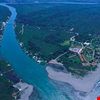
The transboundary Buna / Bojana Watershed is shared by Albania and Montenegro, as well as a long stretch of coastal zone of the Adriatic Sea. The watershed is faced with a variety of pressures, including unsustainable agricultural methods, increased tourism, and altered hydrological regimes from hydropower generation and flood control measures. Albania and Montenegro, while similar socially and economically, differ in their administrative, legal, and institutional frameworks. Regardless, both countries have recognized the need to strengthen their cross-border cooperation through the development of an integrated water resource plan (the Plan) for the watershed.

The Upper Mur River is considered as one of the most ecologically valuable rivers of Austria due to the natural reproduction for the Danube salmon. The systematic regulation of the river began at the end of the 19th century, distributaries were cut off and large areas were drained in order to intensify agricultural land use. Restoration measures started in 1997 in the area of the Upper Mur and the “Grenzmur”. Various projects facilitated the renaturation of more than 22 km both in the upper course and the Slovenian border section of the river. A policy issue highlighted by the project is the importance to reconcile key needs for nature conservation with demands for renewable energy generation from small hydro power plants.

In the Netherlands and Belgium, good quality of water has become increasingly scarce. Action was taken and a project was initiated with the objective of conserving water quality and increasing water use efficiency in agriculture. The case illustrates the importance of involving farmers and other water users initially, so that they feel a sense of responsibility and motivation to introduce new approaches.
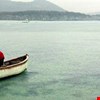
Rural and peri-urban areas are often neglected when making infrastructure investments. However, these areas could gain from treatment of domestic wastewater through the construction of wetlands. In Bulgaria, the problem of wastewater treatment was addressed through the construction of a wetland for treating wastewater from domestic sources. The lesson learnt is the importance of community initiatives.

In preparation for the new Water Law in Bulgaria, as well as the EU Water Framework Directive, the watershed council was set up as a pilot to test on-site effective and participatory approaches to river resource management in the Varbitsa River. The key lesson drawn is that participatory, open, citizen-friendly and bottom-up approaches are more efficient than top-down administrative approaches.
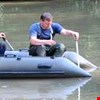
Small and medium size communities in Central Europe are faced with severe problems of waste water management. When it comes to waste water management, small settlements (with less than 2,000 inhabitants) lie outside of the concern of water managers and decision makers. A group of citizens initiated a cooperation process with civic associations, members of local authorities and later the cooperation included local small entrepreneurs as well as foreign investors to actualize a number of local projects and initiatives.
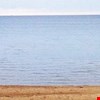
Lake Peipsi/Chudskoe is the largest transboundary lake in Europe. Action has been taken by riparian governments of Russia and Estonia to develop and sign an Agreement on the Protection and Sustainable Use of Transboundary Water Bodies. An intergovernmental commission was established to co-ordinate the implementation of this agreement. Co-operation over Lake Peipsi demonstrates how integrated water resource management tools can be applied to transboundary waters shared by countries in transition.
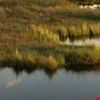
To identify the best approach to increase public participation in the implementation of the EU Water Framework Directive, the EU funded research project River Dialogue was initiated, testing two specific participatory methods of citizens’ involvement. This case illustrates the means by which local people, who are not specialists, can take part in discussions and decision-making process of complex environmental issues.
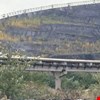
Oil-shale mining and oil-shale based electricity production has caused serious damage to ground and surface water in the Viru-Peipsi catchment area in Estonia. Action was taken to enhance the protection of the water resources through a project that set out a management plan. The project included data collection, monitoring and capacity building. Due to the success of this project, it can be used as an example for future developments.
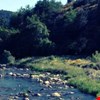
The EU Water Framework Directive requires measures to achieve good status of all waters by 2015. In France, water management is planned at basin-level by state offices and water agencies, but measures are implemented by the local authorities. To meet these requirements, the i-Five project was launched, applying an action research methodology to selected areas. From this study, it is evident that interaction with stakeholders plays a central role.